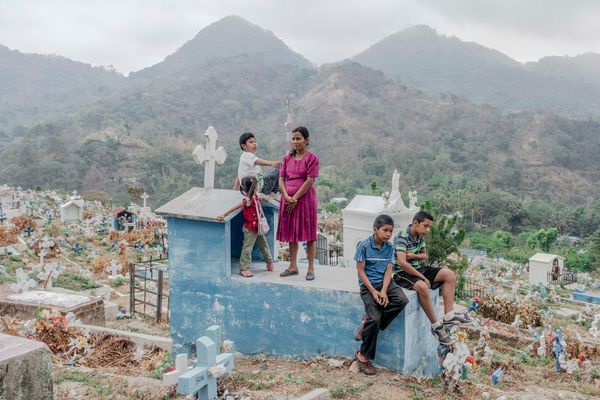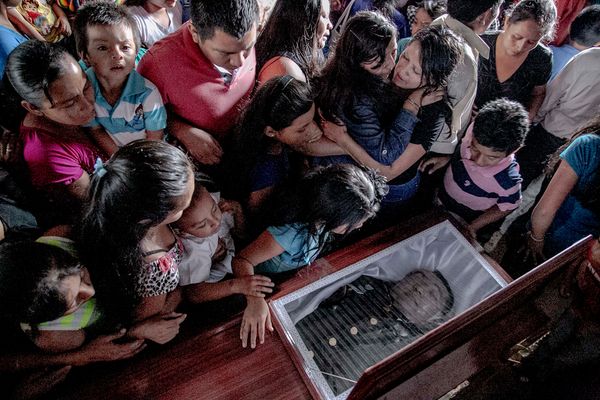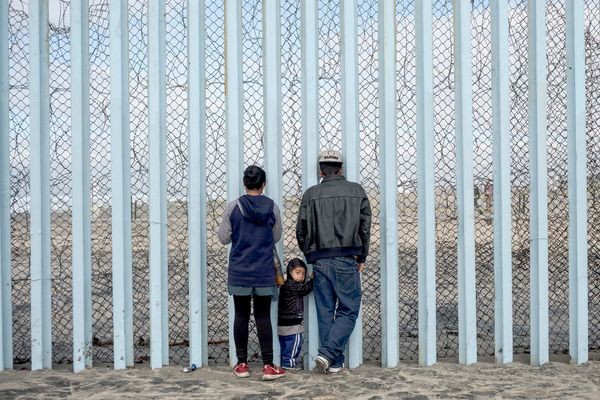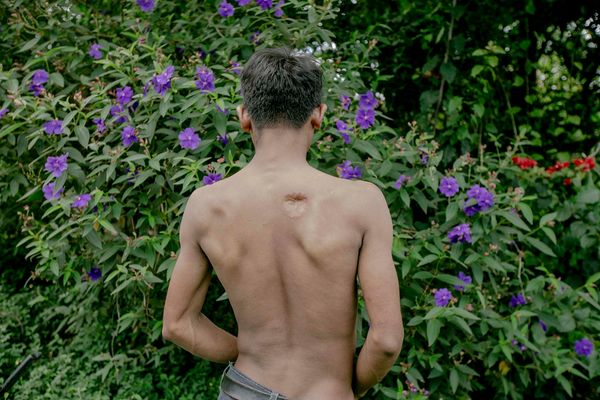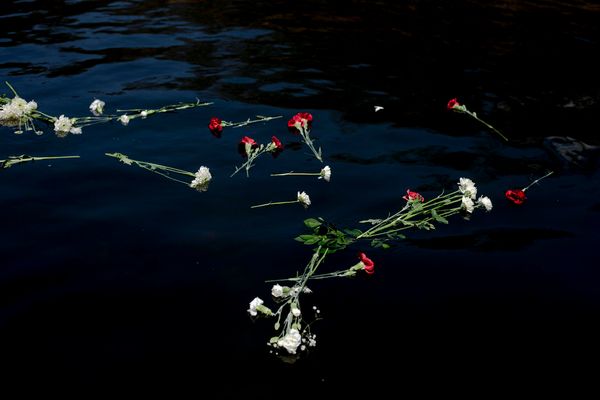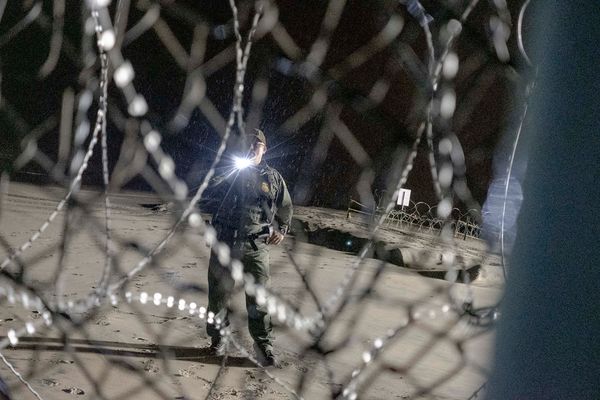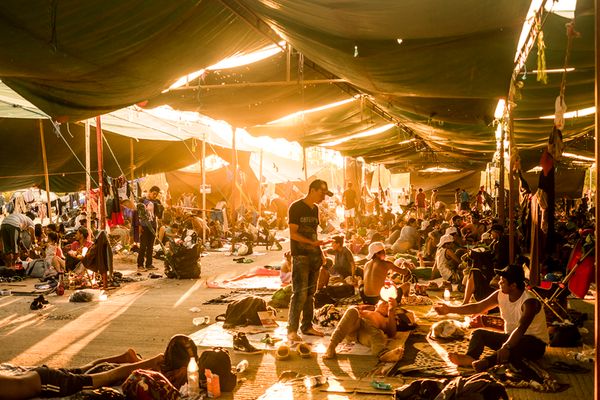The dark triangle
-
Dates2014 - Ongoing
-
Author
-
Recognition
-
Recognition
El Salvador, Guatemala and Honduras -countries known as the northern triangle of Central America- account for some of the most consequential migration streams in the Western Hemisphere. They are some of the largest contributors to Latino migration in the United States. Fleeing extreme violence, government absence, corruption, climate change and poverty and I learned that the people leave for one reason, or all the reason at once.
The desperation of the Central Americans has pushed them to organize caravans of thousands of people, such as the one that was organized on October 5, 2018 in Honduras, where through a Facebook post the Hondurans were invited to take part in a “grand march” of migrants. A week later, around 1,000 Hondurans showed up at a bus terminal in San Pedro Sula. Within a couple of weeks, their numbers would balloon to nearly 8,000, as migrants from Guatemala, El Salvador and Honduras abandoned their homes in hopes of reaching the U.S. Their extraordinary journey inspired international news coverage. But it would also come to mark a turning point: a before and after in international migratory patterns and immigration policies.
In the year since the caravan, President Trump has pushed through a series of immigration policies that have ended access to the U.S. asylum system for hundreds of thousands of migrants. Many are now stranded in Mexico, where they are being targeted by cartels for kidnapping and extortion. Recent migration agreements between the U.S. and Guatemala, Honduras, and El Salvador seem destined to ensure that Central American asylum seekers will soon be returned to the very region they are fleeing. The Trump administration characterizes these countries as safe havens, despite being among the world’s poorest and most violent.
In an era where refugees are rebuffed and criminalized, I believe it’s necessary to illuminate the factors driving migration from Central America.
